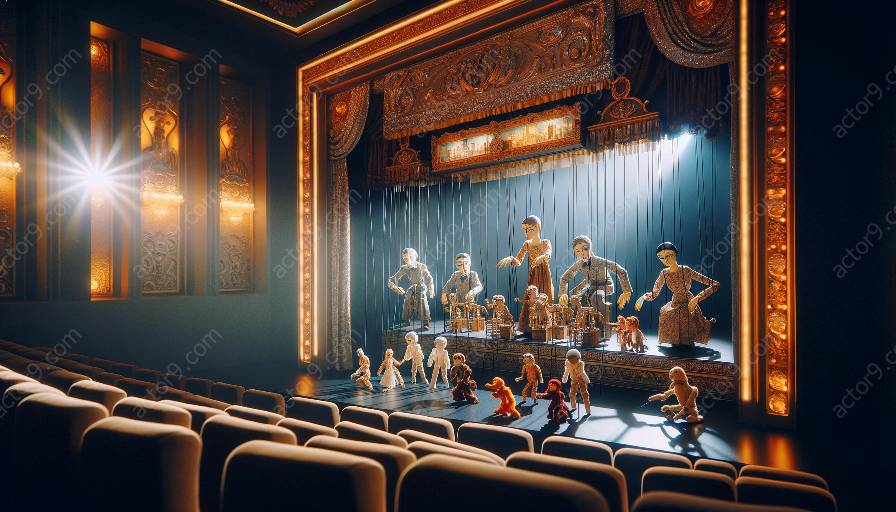Puppetry, as an art form, has long been intertwined with identity and representation. This topic cluster will delve into the historical roots of puppetry, its cultural significance, and the ways it has been used to explore and express identity and representation.
History of Puppetry
Puppetry has a rich and diverse history that spans cultures and civilizations. The ancient art of puppetry dates back thousands of years, with its origins found in various parts of the world, including Asia, Europe, and Africa. From shadow puppets in China to marionettes in Europe, puppetry has evolved and adapted in different cultural contexts. The history of puppetry provides valuable insights into the ways societies have used this art form to communicate narratives, traditions, and societal norms.
Puppetry and Identity
Within the context of identity, puppetry has been used as a tool for exploring personal and collective identities. Puppet characters often serve as mirrors for human experiences, and puppeteers have utilized them to reflect the diverse facets of human identity. Whether through traditional folk tales or contemporary performances, puppetry has provided a platform for people to explore and express their own identities while also fostering empathy and understanding towards others.
Puppetry and Representation
Puppetry has played a significant role in representing diverse communities and narratives. Through puppet performances, creators have been able to address societal issues, challenge stereotypes, and amplify underrepresented voices. This form of storytelling has the power to shape perceptions and foster dialogue on topics related to gender, race, and culture. Puppetry serves as a medium for authentic representation and has the potential to bridge gaps and promote inclusivity.
Conclusion
By examining the intersection of puppetry, identity, and representation, we can gain a deeper understanding of the complex ways in which puppetry has been utilized throughout history. This topic cluster aims to highlight the cultural significance of puppetry and its role in shaping individual and collective identities and representations.


























